Down in ‘Fannet’ food has taken a space age turn. Nick Harman visits the UK’s biggest greenhouse complex to find how our red, yellow and green peppers are produced.
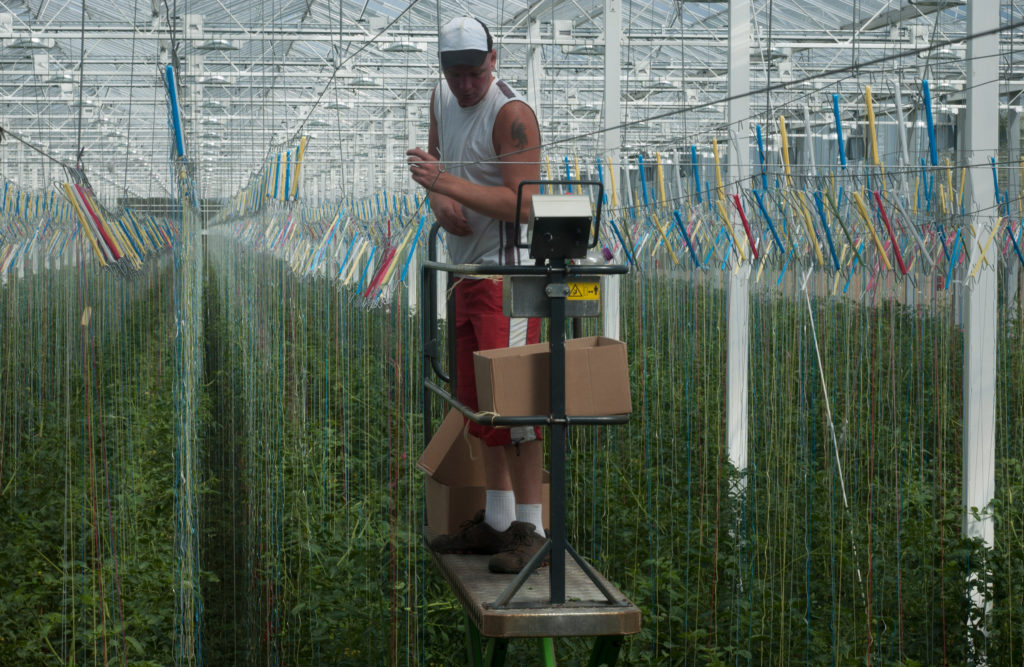
I can’t get rid of it; ‘This is Planet Earth’ by Duran Duran keeps looping around my brain as we wait for security clearance to enter the world of Thanet Earth. Damn those catchy 80s popsters and their irresistible ‘hooks’.
I soon lose the beat though as we round a corner and I get my first sight of the massive greenhouses covering the rough equivalent of four Heathrow terminals, or 40 football pitches if that helps. Very, very big, is perhaps the best way of putting it
Before the greenhouses fell to earth all this land in Thanet, the bit of the UK that includes Margate, Ramsgate and Broadstairs, grew brassicas – cauliflowers mostly -which apparently ‘smelt a fair bit.’
Now four clean, bright and odour-free greenhouses occupy the space instead. They stand on compacted earth with as little concrete as possible used in their construction. This is what modern farming looks like; efficient, virtually waste-free, ecologically as sound as possible and with no mud or muck about.
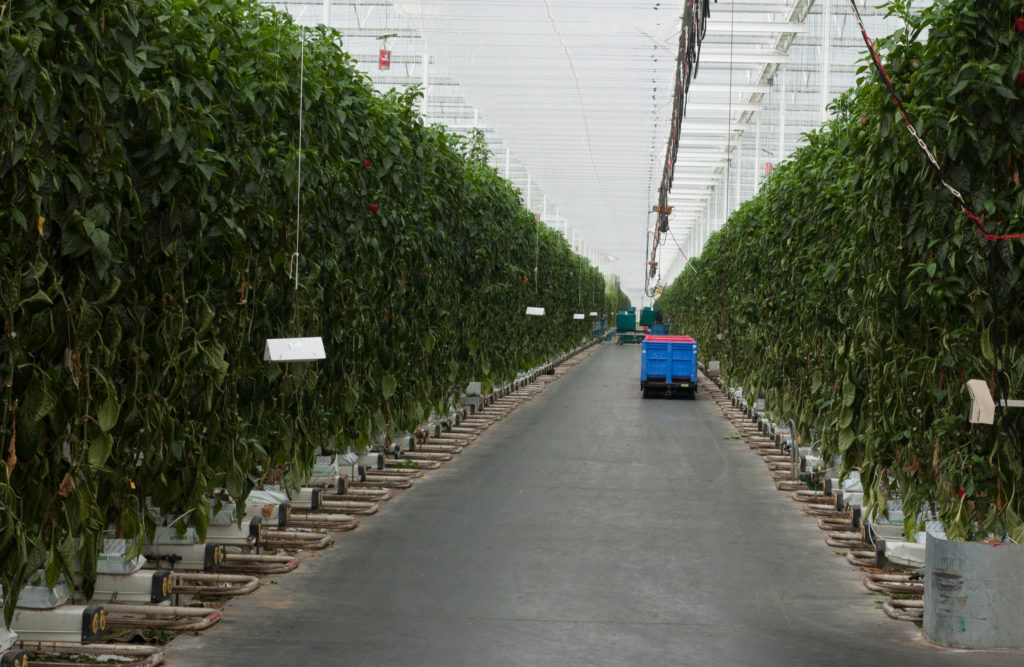
Green is good
The greenhouses are each used for specific crops; two for tomatoes and one each for cucumbers and sweet peppers. It’s the pepper house I’m visiting to meet Pleun van Malkenhorst the managing director of the operation for Rainbow UK, which is a Dutch company, you probably won’t be surprised to learn.
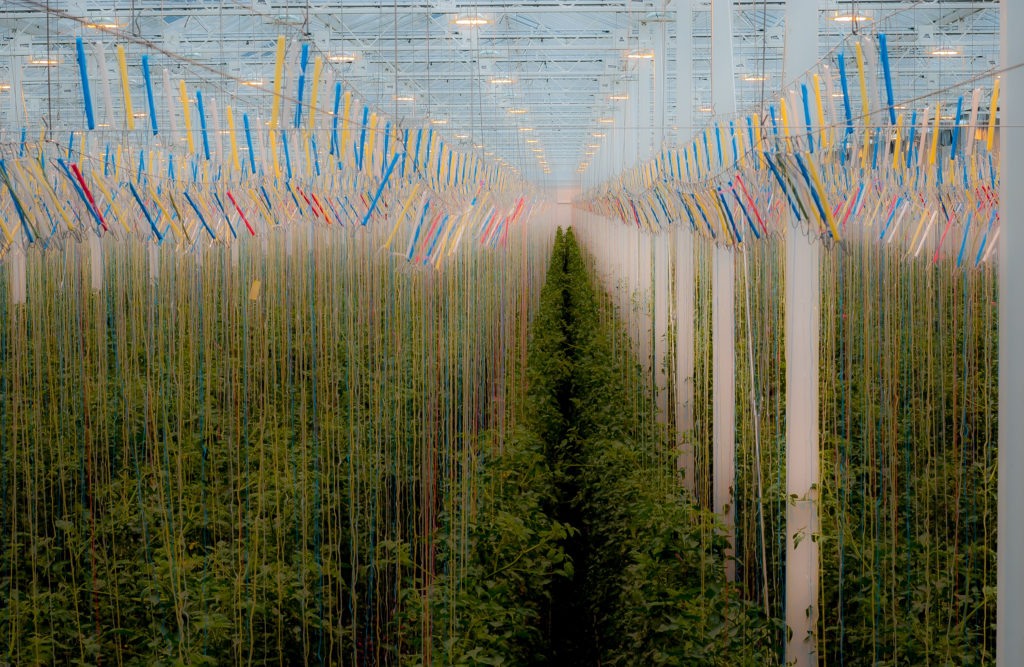
The Dutch of course have been growing things in large greenhouses for a long time, but now by growing peppers hydroponically in the UK they cut down on the expense of shipping them to our hungry market, as well as the pollution involved in mass transport.
Pleun’s job is not that of any ordinary farmer. He gets around his 20 acre farm by bike, not tractor, and with around a quarter of a million producing plants to look after he has to be a smart scientist to keep everything happy.
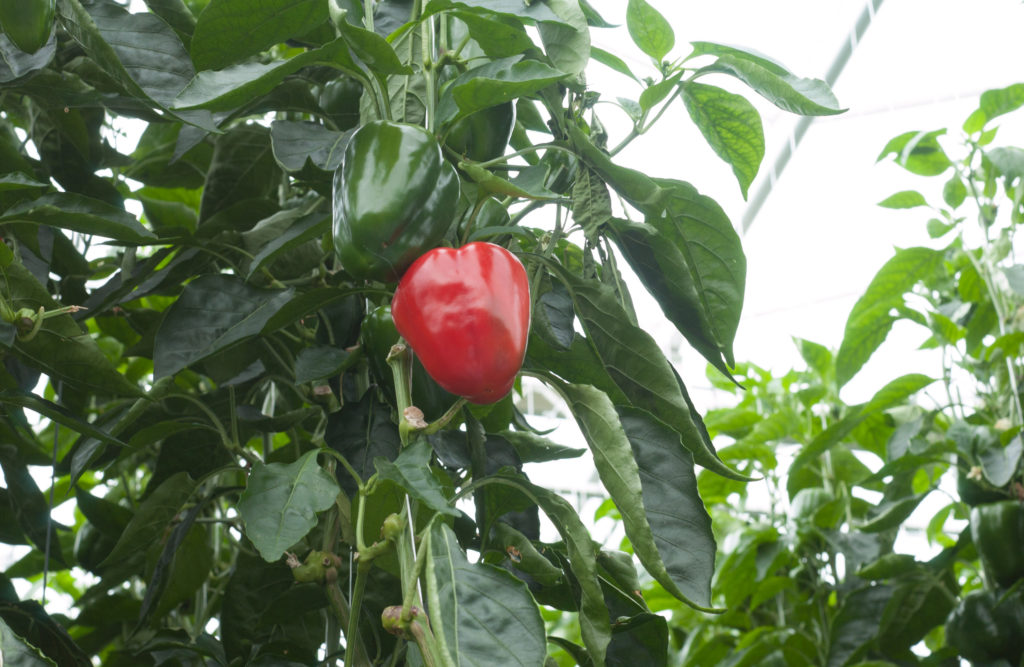
Computer systems make sure nutrients like potassium, nitrogen, calcium, iron and magnesium are precisely delivered to the plants, along with carbon dioxide. Systems outside keep an eye on the temperature, the strength of sunlight and even the wind and where it’s coming from in order to work the vents efficiently. And uniquely Pleun also has to buy and sell energy.
Generating no waste
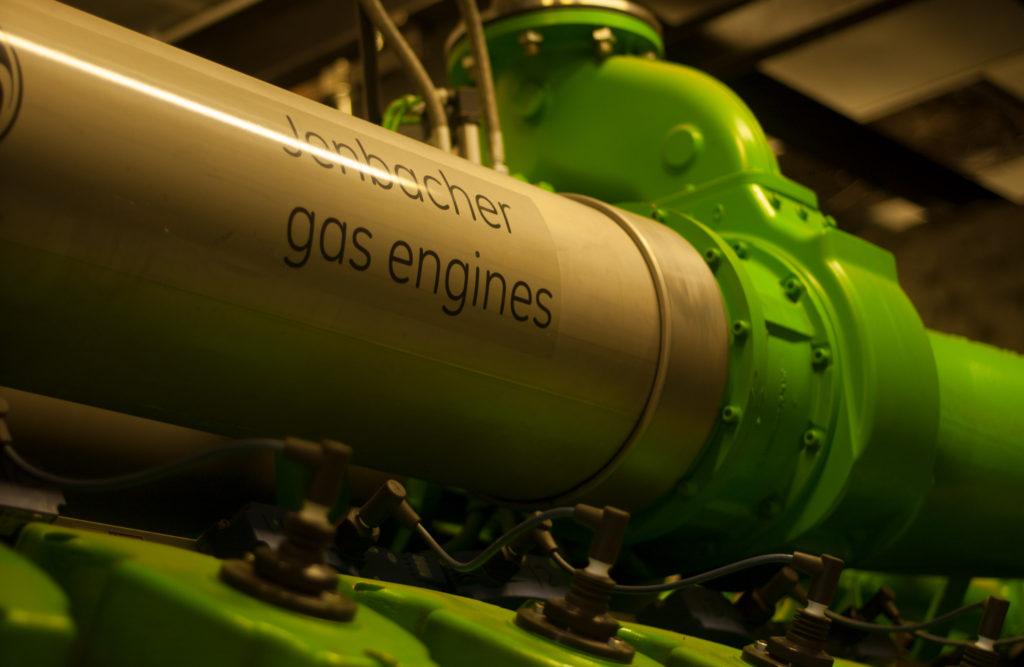
‘Every day I look at the price of gas and electricity,’ he explains. ‘We use gas engines to generate our own electricity, when gas is cheaper to buy. Any surplus electricity we produce is put into the national grid, which we get paid for. So it’s a balancing act. We want to consume as little energy as possible, as well as resources, and also waste as little as possible. The heat from the engines warms the greenhouses and the carbon dioxide produced is pumped to the plants.’
Plants of course love carbon dioxide and turn it into oxygen, as we all remember from our school biology lessons. The massive glass roofs channel up to 50 million gallons of rainwater a year into giant storage tanks, free water that’s used to carry the nutrients to the base of each plant sitting in its rockwool trough. Any water that runs off from the plants is captured, filtered and used again.
Nothing bugs the crop
By growing the pepper plants up strings, Pleun achieves an average height of 12 feet and they’re producing fruit all the time they are growing. Green (unripe) peppers and the fully ripe red and yellows. Teams are picking regularly and reporting back via terminals stationed around the rows on yield and any problems. Like bugs.
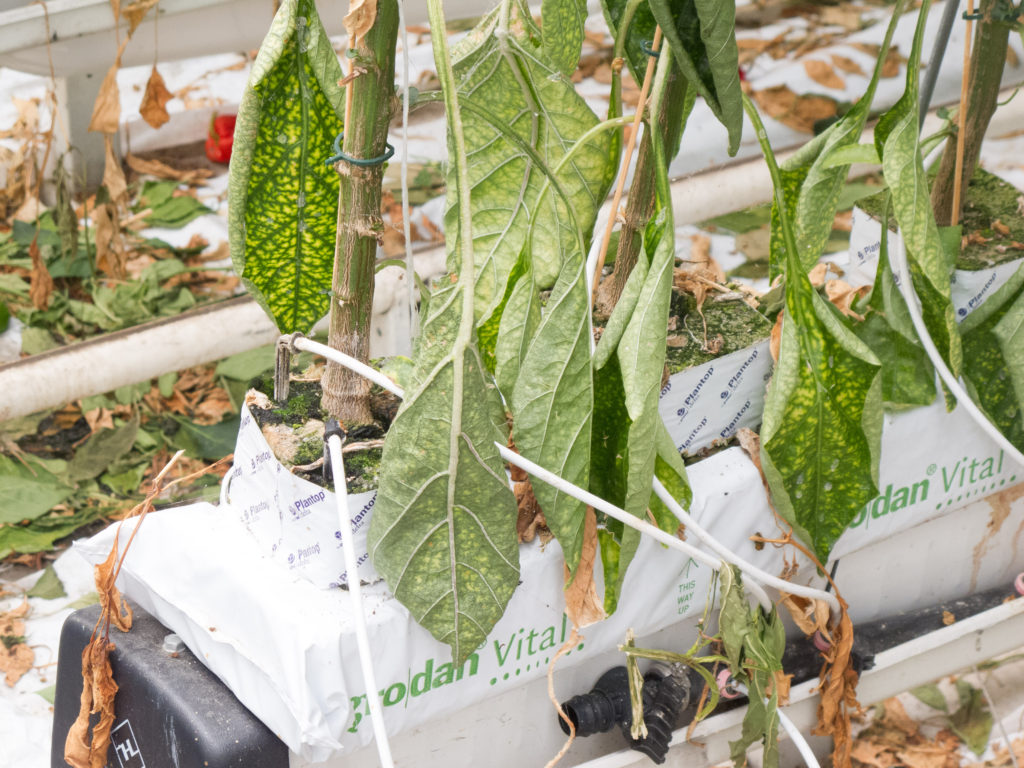
‘We use pesticides only as a very last resort,’ says Pleun bending down to show me a sachet attached to the base of a stem. ‘This contained ‘good insects’ like wasps and macrolophus, which prey on the ‘bad insects’ like whitefly, caterpillars and spider mites. In this way we don’t need to spray, nature balances it out for us.’
And of course the generous light levels in this part of the UK do the rest, delivering the ultraviolet and, in the summer, the warmth too. Production of peppers runs from March to November and then the exhausted plants go to compost and the whole thing gets ready to start again.
The peppers that come off the plant are uniform in size, shiny, healthy, traffic-light bright and crisp and juicy. Not just the familiar Bell Peppers but also Large Pointed Peppers and Baby Peppers too. They’re packed by a state of the art operation on site and dispatched to supermarkets swiftly and efficiently.
Taste test
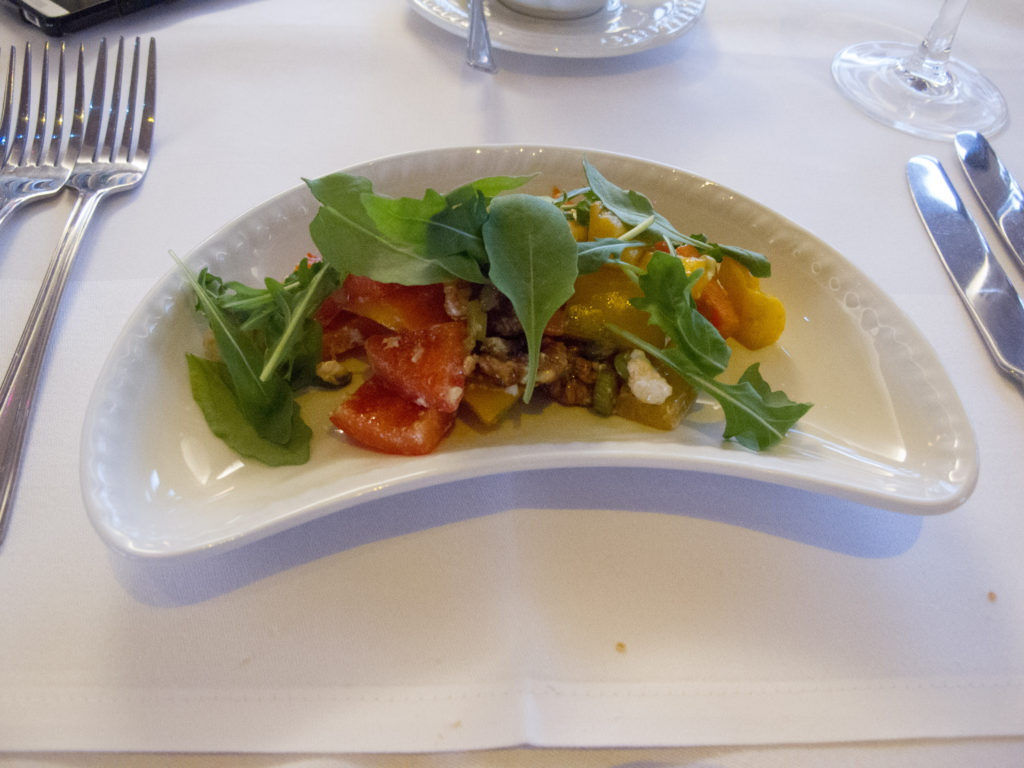
And do they taste good? Over at the East Kent College Cookery School the students are away for the summer break so chef Guus Vredenburgtakes me into the teaching kitchen and we knock up some simple pepper dishes: Stir fried orange pepper with chicken, Pepper salad with goat cheese and walnuts, Gazpacho and Peperonata.
They all taste great and I would defy anyone to tell the difference between a pepper grown in the greenhouse and one grown in a field, even assuming you could find the latter in the UK and which hadn’t been flown miles to get to your mouth
As we ate I learnt that sweet peppers are remarkably healthy and apparently contain a lot of vitamin C, more than almost any other fruit or vegetable. In addition to vitamin C, sweet peppers also contain vitamins E, B1 and B2. They also provide essential minerals such as calcium, sodium and iron and a pointed sweet pepper contains a lot of folic acid. All these facts, as well as more recipes can be found at the colourfultaste website.
So next time you’re buying peppers, look for the ones that have travelled from Thanet Earth. They’re eco-friendly, tasty and not at all alien.
